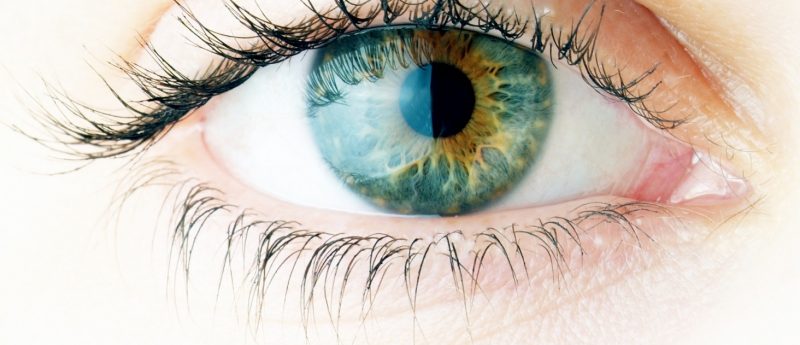Regenerating retinal ganglion cells by mimicking zebrafish

New report outlines recommendations for the regeneration of retinal ganglion cells.
A new report authored by Monica Vetter (Chair, Department of Neurobiology and Anatomy, University of Utah; UT, USA) and Peter Hitchcock (Professor, Ophthalmology and Visual Sciences, University of Michigan; MI, USA) offers recommendations for regenerating retinal ganglion cells (RGCs). RGCs are crucial neurons in the back of the eye that carry visual information to the brain and in humans, cannot regenerate by themselves. The report is a product of a workshop funded by the National Eye Institute Audacious Goals Initiative and was recently published in Translational Vision Science & Technology.
The report describes two potential methods for the regeneration of RGCs. The first method utilizes stem cells to grow RGCs and then transplant them into the patient’s retinas. This approach has seen promise in preclinical testing but has a number of challenges to overcome. One of these challenges is that the RGCs are difficult to produce; the process would take a number of weeks to produce an adequate amount.
Other issues include how the RGCs will be stored until patients need them or not knowing the optimal stage of cellular development for transplantation. Cells that are too naïve may develop into unintended cell types, while those that are more mature might not easily integrate into the retina.
The other approach which the report identified was to recruit other cell types in the eye to be reprogrammed into RGCs. Zebrafish do this naturally by reprogramming Müller glia in the retina.
The report outlined a number of cells that could be utilized in humans for this reprogramming process including retinal pigment epithelial cells, ciliary epithelial cells, amacrine cells and astrocytes. According to the report, the key to using these cells to regenerate RGCs is in understanding how they mature and integrate with other cells.
The report called for additional research to be done to better understand RGCs. This research should include understanding the 30 different types of RGCs and genetic factors needed for cell reprogramming, and a systematic comparison of animals that do and do not regenerate RGCs.
Written by Adam Tarring
Sources: Vetter ML, Hitchcock PF et al. Report on the National Eye Institute Audacious Goals Initiative: Replacement of Retinal Ganglion Cells from Endogenous Cell Sources. Transl. Vis. Sci. Technol. 6(2):5 (2017); https://www.sciencedaily.com/releases/2017/03/170331121847.htm